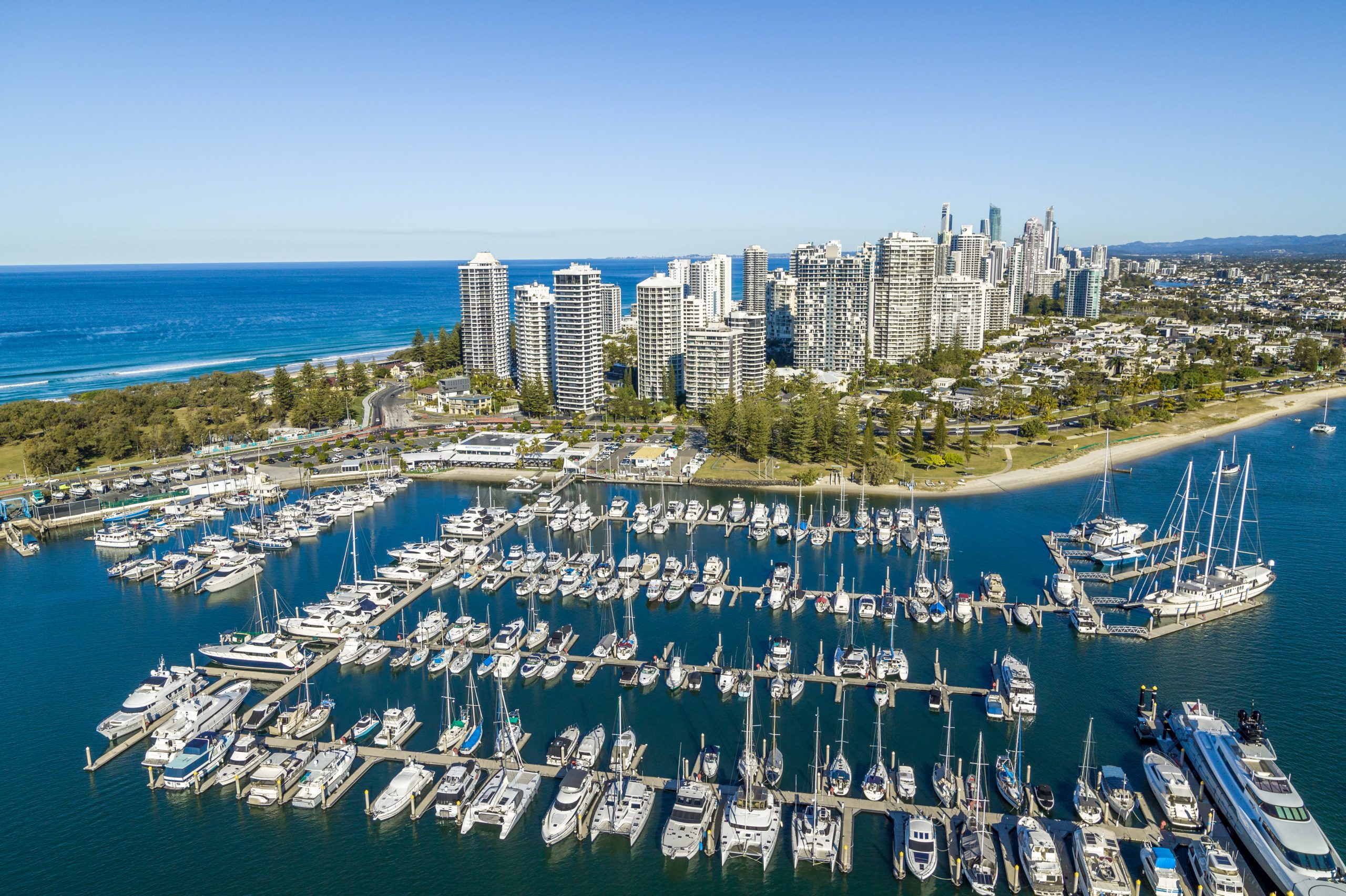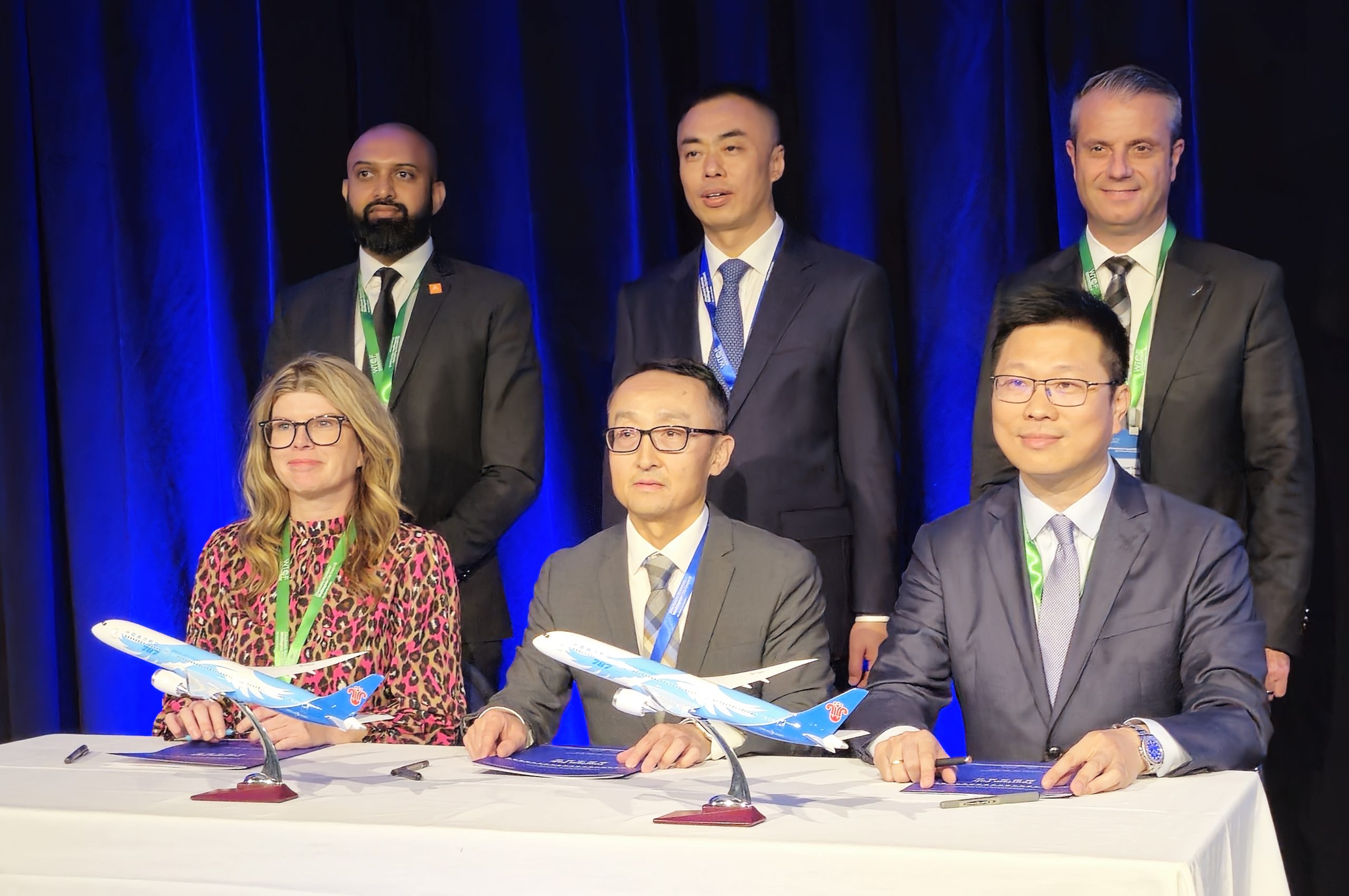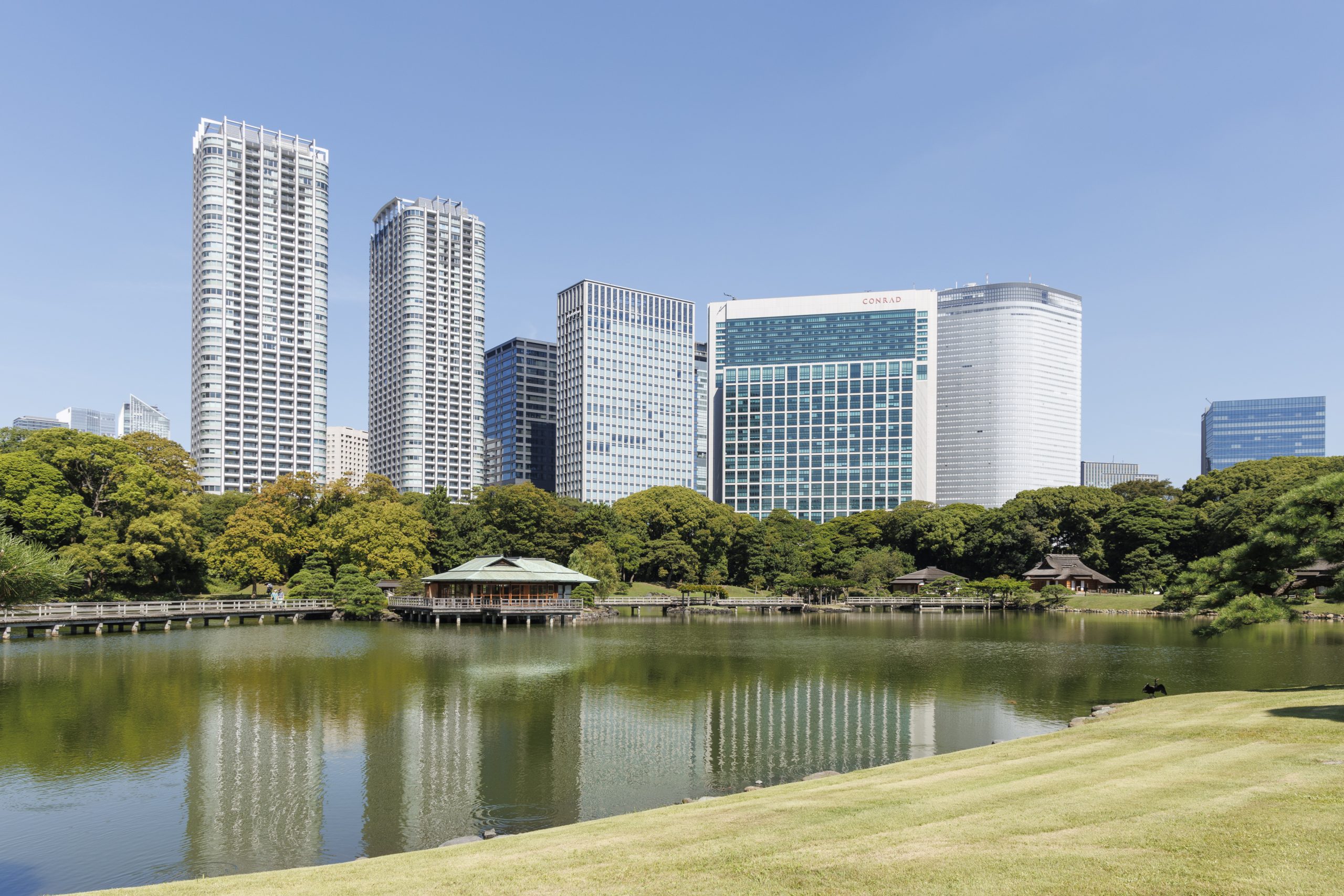Bicol is not be a place that is top of mind for event organisers looking for destinations outside of Manila. But in a country of more than 7,100 islands and 14 regions, it has been included by the Philippine Department of Tourism (DOT) in a shortlist of local destinations that show a potential for business groups on incentive trips.
Bicol, also known as Region V, lies in the southern stretch of Luzon, the Philippines’ largest island grouping. It is compromised of the landlocked provinces – Albay, Camarines Sur, Camarines Norte and Sorsogon – and the two island provinces of Masbate and Catanduanes.
Thanks to the opening of the Camarines Sur Watersports Complex (CWC), a world-class cable park, and other adventure-filled sports facilities in the surrounding areas, it is enjoying a renewed surge in domestic tourism.

“From January to September 2009, domestic visitors to Bicol reached more than 993,000. (This figure does not include Albay),” observes Maria O Ravanilla, DOT regional director for Region V. “This is a huge number considering that just a decade ago, we did not appear on the radar of our own countrymen, who gravitated to places like Boracay, Cebu and Palawan.”
Foreigners too are discovering the area, largely by word-of-mouth. In the past nine months, more than 276,000 tourists have gone to Bicol to enjoy the adrenaline-filled outdoor activities.
Ravanilla adds: “We have had a lot of international backpackers in recent years. But we believe when Bicol’s centuries-old history and culture as well as natural heritage are combined with these sports-based activities, we can give groups a unique backdrop for their incentive programmes.”

Clang Garcia, destination explorer at Islands Vacations Bliss, which helped put together the Bicol Dream Trip for the DOT’s iTravel iExplore Buyer Programme in July, remarks: “The challenge was connecting the dots from one place to another. There are already a lot of things to do and see in one province alone. If you want your group to see more than one place, you have to pick and choose and select a highlight for each place.”
She adds: “It took us five different trips to Bicol in a span of several weeks to put the itinerary together. The programme had to flow and participants needed to be able to savour the experience. We didn’t want to tire them out at the end of each day, so that the whole experience is all a blur.”
To make it worth the trip, Garcia says a three-day, two-night minimum stay is ideal for a well-rounded experience that covers at least two provinces within the region.
Here is a rundown of two of the most popular destinations in Bicol:
CAMARINES SUR
The largest of the six Bicol provinces, and now referred to by Filipinos as “CamSur”, it’s gained prominence due to the CWC complex, which has earned international recognition for redefining the sport of cable skiing.
Covering a six-hectare area, the six-point cable ski system is popular for wake-boarding, knee-boarding and water skating. Instructors are on hand to guide neophytes before they experience their first water ride around the man-made lake. Non-swimmers need not worry, if they fall into the water, they can easily wade their way to land. Night events are no problem as the park is equipped with powerful spotlights.
After a couple of rounds, riders can head out to the open cabanas by the beach for a soothing massage.
Of late, CWC has been a venue for high-profile extreme sports events like Ironman Philippines held last August which saw more than 500 triathletes from 23 countries cover an area of 70.3 miles in a few hours.
Groups can book the complex for teambuilding exercises, product launches and other corporate events and there is accommodation available in the area.
Mansion Suites boasts rooms ranging from Deluxe Double to a Presidential Suite. Villa del Ray offers non-typical are hotel rooms that adventurous groups will enjoy. The property has tikki huts, cabanas, one-storey wood cabins and trailers for single guests and families. In particular, the trailers are unique for orginally being 40-foot container vans converted into sleeping and living quarters.
For some island hopping, there is no place like the Caramoan Islands – considered to be CamSur’s hidden treasure.
This isolated peninsula can only be reached by special boat charters. It has been dubbed “the next Boracay”
The islands were originally called “Gota de Leche” (Drop of Milk) by traders because of the stalagmite drop-like milk formations found among the rocks.
Later the name was changed to Caramoan after the word “carahan”, a sea turtle indigenous to its shoreline.
That’s not all. There are 4,000 hectares of virgin territory that provides numerous opportunities for snorkelling, rock diving, cave spelunking, bird watching, limestone cliff expeditions, and indigenous boat safaris among others.
For most of this year, Caramoan Islands have been closed to the public, while the reality TV show Survivor was filmed. Several European versions of the series have used the islands for location shooting.
ALBAY
The province is known for the 2,460m high Mayon Volcano, famous for its almost-perfect symmetrical cone. This active volcano and the ruins of Cagsawa Church, a victim of the eruption of 1814, has kept Albay’s capital, Legazpi City, a must-visit destination in a Bicol sojourn.
The best way to start one’s first morning in Albay is an air tour of Mount Mayon, using a privately chartered four-seater helicopter. The 40-minute ride takes you up 1,000m, bringing you as close as possible to the volcano to glimpse wisps of smoke from the crater and marvel at the ragged ridges along its slope created during previous lava flows.
Upon landing at Legazpi airport, the group can take the 20-minute bus ride to Ligñon Hill for a traditional Filipino breakfast while enjoying scenic views of Mayon and the surrounding valley below.
For those who want to “get high” before they eat, Ligñon Hill has a zipline about 200m long (see picture right).
For those with the stamina, a tour-guided downhill trek can be arranged, however, be warned that the rocky slope and rugged landscape that includes two streams with swift currents pose definite challenges.
At the foot of Ligñon Hill, the group can begin their lava vein tour aboard an all-terrain vehicle (ATV). Members of the group can opt to self-drive and race each other through the rough landscape.
If time permits, the group can round off the morning with a city tour stopping by the Albay Central Pili nut candy factory, Cagsawa Ruins and historic Daraga Church.
A unique venue is Cena Una which does well as the backdrop of a Filipiniana-inspired lunch or dinner. Located in the town of Daraga, this old Spanish house is popular among gourmets looking to sample local fare in a fine-dining atmosphere.
The establishment just next to Cena Una can be used as a meetings space or venue for other activities such as a cooking class or an indoor bonding exercise.
Nature lovers in the group, may want to check out the lush mountains and hills around Albay which boast some enchanting waterfalls.
OTHER ATTRACTIONS
Camsur and Albay are two ideal bases from where a group can explore Bicol’s other attractions, such as the swells of the surf in Cantanduanes.
Experience how it is to be in the very centre of the Philippines in the island province of Masbate and enjoy a Ticao Dive for an up-close-and-personal encounter with Manta Rays and other exotic marine creatures.
Take your team 42 kilometres south of Bicol to the province of Sorsogon for one-on-one interactions with migratory whale sharks, locally called the Butanding.
Or just you could allow your team to have a free-and-easy trip around the region and experience it themselves based on pre-selected themes. They can visit old Spanish baroque churches mimicking a pilgrimage tour or follow the trail of Bicol’s famous siling labuyo (hot chillis) and gata (coconut milk) for a spicy culinary adventure.
“Groups can expect better things to come in Bicol. Access will improve in the years to come with the government’s plan to open our first international airport in Daraga by 2012 and the on-going effort to resurrect the old train line that used to be the iconic transport linking Bicol to Manila,” says Ravanilla of DOT.
FAST FACTS
ACCESS
The Ninoy Aquino International Airport in Manila is the premier gateway to the country. From the Philippine capital, the Bicol region can be reached within an hour by air or within eight to 10 hours by land transfer.
Bicol, which comprises six provinces in the southern stretch of Luzon island, has three airports: the main hub in Legazpi, Albay; Pili Domestic Airport in Naga, Camarines Sur; and Catanduanes Domestic Airport in Virac, Catanduanes.
The region is served by Philippine Airlines, Cebu Pacific and Zest Air.
CLIMATE
March to May is hot and dry. June to October is rainy. November to February is cool. Average temperature is 32°C.
VISA
Visitors from most countries are allowed to enter the country without a visa for stays of up to 21 days. Passports must be valid for six months beyond the intended length of stay. For more information, visit the Philippine Department of Foreign Affairs website at www.dfa.gov.ph
LANGUAGE
Local dialects abound but Filipino is the official language. English is widely spoken.
CONTACTS
Philippine Department of Tourism
BUYER’S VERDICT
Shelle Yue, MICE manager at Fascinating Holidays based in Singapore, handles outbound meetings and incentives groups. She experienced Bicol as a dream destination during the pre-event tour of the iTravel iExplore MICE Buyer Invitational Programme organised by the Philippine Department of Tourism in July 2009.
Can you describe your Bicol experience?
It was an unforgettable and adventurous trip to Bicol and there are so many fond memories. I love the warm and generous hospitality of the friendly locals we met throughout the trip. At the CWC in CamSur, I tried knee-boarding for the first time and it was so exciting. Although I made a booboo by losing my shorts during my second try, I still very much enjoyed the splash and fun that I had with all the other buyer-delegates. It was also my first time to grate a coconut during the kudkuran (grating) contest in one of our site inspections – and I did a great job!
What was the most memorable part of the programme?
The lava vein ATV tour to the bottom of Mayon Volcano and then climbing several metres up the slope by foot. I love the climb despite the ragged and slightly loose soil. We had bits of volcanic rocks falling on us along the way, but I felt a sense of achievement at reaching the end of climb and then you are rewarded with a scenic view of the valley below. It was amazing. I felt fantastic and proud of myself.
What are Bicol’s unique selling points?
It’s a very new and unexplored region only an hour from Manila by domestic flight. The people are lovely, many of them have a talent for hand-made handicrafts. The place just abounds with beautiful scenic views of mountains, rivers and greenery. The seasports activities and spa massages are very affordable. And, of course, how can one forget the luxury resort at Misibis Bay.
Will you send a group to Bicol?
Yes, definitely, especially for those who are nature lovers and looking for adventure activities. Highly recommended for incentive groups.
What improvements can be made?
I think the awareness is more important than anything. Nobody seems to be aware of Bicol – even myself, until I was there for the experience. If the airlines and resorts are wiling to come up with any promotion and publicise aggressively this dream destination, I believe many will come and visit.
PRIVATE PARADISE
Misibis Bay Raintree calls to mind the upscale resorts of Langkawi and Phuket – an exclusively private tropical island ideal for small, high-end incentive groups, writes Gigi Onag
After a day zip-lining from the slopes of Mayon Volcano in Albay or wakeboarding at CWC complex in nearby Camarines Sur, a group on an incentive trip wants to take it easy by sunset and stay in a comfortable place.
The only place to be is Misibis Bay Raintree Resorts, Estates & Spa on Cagraray Island in Albay, an ultra exclusive tropical sanctuary that has – to date – only 38 villa-suites. Your group can enjoy a one-hour bus ride from the provincial capital of Legazpi City and watch the local tableau unfolds. Alternatively, they can break the rhythm of an overland journey with a half-an-hour windswept ferry ride across the Sula Channel aboard Misibis Bay Raintree’s private fastcraft.
For resort’s guests, the round-trip ferry transfer to and from the island is part of the experience.
Upon arrival to the island, a luxury coach awaits just off the pier to take your group for a short drive to the resort’s reception area.
Misibis Bay Raintree exudes the vibe of a high-end island getaway, something most people do not expect to find in an emerging destination like Bicol.
The 20-hectare property is being managed by a Filipino hotel operator HSAI Raintree Hospitality Management. The company also handles Discovery Suites in Ortigas, Discovery Country Suites Tagaytay, Discovery Shores Boracay, Hotel Venezia in Legazpi City.
The 38 villa suites are divided into four categories – One Bedroom Premier, One Bedroom Deluxe, Premier Villa and Junior Suite Deluxe. All suites have large terraces and have direct access to the swimming pool or the beach. Each is fitted with top-line amenities such as a flat-screen TV with cable channels, DVD and CD player in the bedroom and living area, Wi-Fi access, iPod dock, luxurious bathroom, minibar and more. Guests have access to a 24-hour butler.
A tightly knit group of 30 to 40 people can have the whole resort at their disposal. Here, an incentive group can go through an entire programme without worrying about creating a disruption to other guests or themselves being inconvenienced. Misibis Bay Raintree can serve as an exclusive private resort where an event organiser has a pick of both indoor and outdoor venues for each activity in his group’s itinerary.
“We can definitely help customise any activity that they would like to organise within and outside the resort,” says resident manager Ian Mayer Varona.
Misibis Bay Raintree can be the jump-off point to major attractions around Bicol: Busay Waterfalls adventure, Mount Mayon trek, whale-shark interaction, firefly expedition, church pilgrimage, Deer Farm tour and more.
Within the resort itself, groups have plenty to do. Not to be missed are the varied watersports such as scuba diving, aqua biking, kayaking and windsurfing among others. The land sports available are similarly diverse from ATV rides to horseback riding.
Themed lunches and dinners can also be arranged. For an elegant dinner of fine dining, the Spice Market restaurant fits the bill, the Beach Bar with its boardwalk overlooking the beach is perfect for an alfresco cocktails and dinner event or an evening barbecue event. Misibis Bay Raintree has a function room that can fit 350 people and comes complete with audiovisual equipment, wireless internet and other meeting amenities.
Varona says Misibis Bay Raintree is being developed in phases. When completed, the number of villa suites will reach 90.
“We want to make sure that the sense of privacy and space is maintained,” says Varona.
THE PROFESSIONALS
ISLANDS VACATION BLISS
email: clang_garcia@islandsphilippines.net
tel: 632 638 8374
RAJAH TOUR PHILIPPINES
email: jenny.pabilona@rajahtours.com.ph
tel: 632 522 0541 to 48
http://rajahtoursphilippines.com


